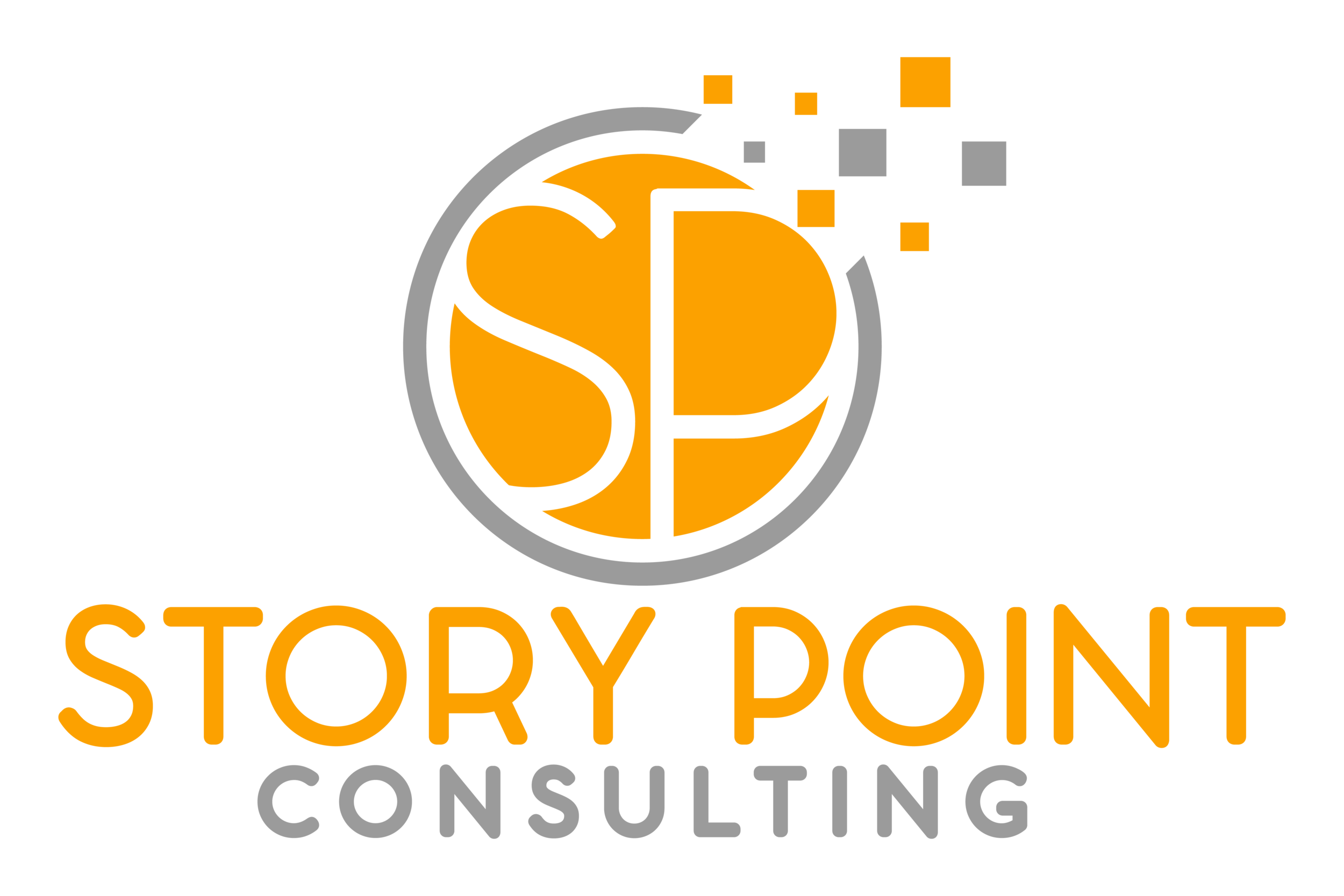How Small Nonprofits Can Stand Out: Five Simple Strategies
Despite the importance of the nonprofit sector, which affects the lives of nearly every Canadian, many organizations find themselves in a situation where they are continually figuring out how to fund their initiatives, leaving little time to convey their value to the communities they serve.
In Canada there are thousands of charities and nonprofits. And likely more are founded every year. Each of these organizations support a worthy and important cause. And, each of these organizations are competing for the same pool of funding as your organization which can lead to less available funds, donor fatigue from numerous requests, and potentially impacting your fundraising goals. Additionally, if your organization does not have a lot of visibility in your community, it can make it more difficult to find new donors, to recruit staff, board members and volunteers, and to secure funding for your initiatives. So what are small organizations to do in the face of growing challenges and competition?
The success of your nonprofit hinges on people’s awareness of your cause, and without it, supporters cannot help. Raising awareness for your organization can be challenging due to time and resource constraints, so it is important to invest in the right methods to help your nonprofit grow. In this article we share five simple strategies on how your small team can raise awareness for your nonprofit.
A clear and simple mission statement. Most nonprofits are centered around a single purpose, and that’s known as your organization’s mission, and your mission drives everything that you do. To stand out, your organization has to be able to clearly differentiate yourself from other organizations, even if they are doing similar work. If your mission statement is filled with complex jargon and lengthy explanations and is only understandable to those within your organization, it might be tough to gain support from the wider community. So take the time to review your mission statement to ensure that it is not only easy for those unfamiliar with your organization to understand, but encourages potential supporters to take action.
Communicate your impact. It is important to educate the public about your cause, and the goals for the organization. Unlike the organization’s mission statement, which describes its overarching goal, explaining why someone should donate to its cause requires a different communication tool: the case for support. The case for support explains to prospective supporters how their investments in your organization will help make the community a better place. It is the foundation for much of your organization’s external communication, and it allows your team to have consistency when speaking about the work that you do.
Understand who supports your cause. It is not uncommon for nonprofits to do similar work and seek the same outcomes. This is not a bad thing; in fact, it likely means that more people are getting the help they need. However, the issue for small nonprofits is that it makes it hard for them to stand out. By understanding who supports your cause, your organization can create more effective and personalized communications, build more awareness, and raise more money because you are concentrating your efforts on those who already identify with your mission. And, organizations that are able to do this effectively, will be more likely to be successful in their fundraising efforts.
Leverage board connections. One of the most important responsibilities of your nonprofit board is to support your organization’s fundraising efforts. The board can help you achieve this by connecting your nonprofit to people that they know. Board members are often connected to the local business community, and may serve as a valuable link to decision-makers. To leverage your board members’ connections, clearly communicate your organization’s needs and desire to increase awareness. Once these needs are clear, board members can effectively search their networks and focus their efforts where they matter most. Board members vary in experience and comfort when speaking with their connections. For some, networking comes naturally, for others on your board, they may need more guidance. To encourage your board, provide them with the appropriate language to use when speaking with their connections. You can offer them your case for support as a reference to help educate their network about your cause.
Corporate collaborations. For small organizations, securing a corporate partnership can be challenging but not unattainable. Corporate partnerships can significantly benefit your nonprofit by increasing visibility and attracting new supporters and volunteers. Many corporations see these collaborations as beneficial and are eager to partner with community organizations. Aligning with a business’s priorities is crucial for a successful partnership. Researching a company’s values ensures a good match, which is important for your reputation and community perception. With limited resources, partnering with a business is an effective way to expand your reach and mutually benefit both parties.
Although these five strategies are simple, they might not all be easy. Whether it’s making sure your mission is easy to understand, communicating your impact, understanding your supporters, leveraging your board, or finding corporate collaborations, these may be activities your organization is doing for the first time. However, by dedicating time to these fundraising activities, you can help your organization stand out and boost future fundraising. Once you start to expand your reach, your organization can more effectively fundraise, find loyal support, and increase the impact of your work.




